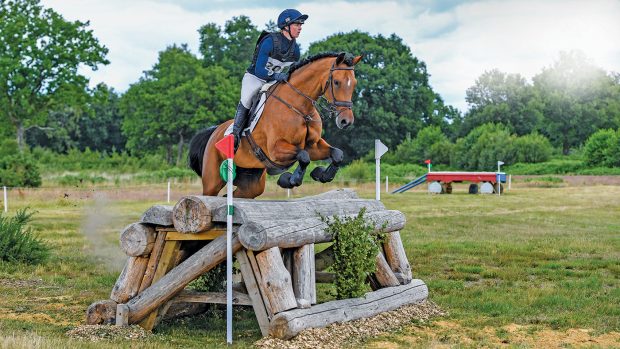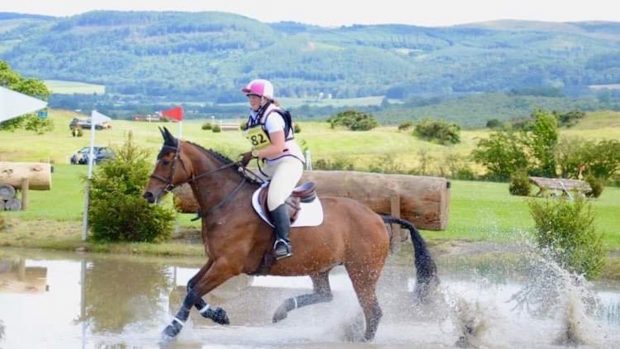How long an injury will take to heal is greatly influenced by what action is taken in the immediate aftermath of the accident, but a few sensible actions can reduce the recovery time by several months
Assessing the damage
Dirty wounds should be liberally flushed with clean water. Unless your vet has advised you to do so, do not apply any cream or ointment to a fresh wound until it has been examined.
It is worth remembering that a small wound around a joint or a tendon is likely to be far more serious than a massive laceration elsewhere. Never ignore even a tiny wound near a joint — if the joint capsule has been punctured the injury can be fatal.
The recovery period
By keeping the wound meticulously clean you can help shorten the period of convalescence. Check your horse’s tetanus vaccination is up to date and avoid using ointments unless specifically prescribed by your vet.
It is not necessary to spend large amounts on remedial therapy or nutritional supplements (although in some cases both may help speed up recovery). Instead, simple exercise is the key.
Usually in the initial phase of treatment your veterinary surgeon will be heavily involved with changing dressings, administering antibiotics and providing painkillers. But in most cases, as the horse stabilises, owners take on more responsibility for treatment. It is therefore vital to ask your vet for clear instructions on what to do and then to follow them.
Controlled exercise
Horses need regular exercise in order to recover from most injuries, but this must be carefully planned and controlled. Both the amount and type will be determined by your vet.
In cases of severe injury, exercise will almost always start with in-hand walking. The emphasis should be on a graduated increase in both the amount and frequency. Having access to a horse walker can be an invaluable aid during this time.
Start with 10 minutes walking once a day and build this up to half-an-hour twice daily over a period of about a month.
The next big step is the introduction of ridden trot work. Short trots in a straight line are started as part of the walking exercise and these are increased slowly over a period of at least six weeks before canter work can commence.
The exact timings will depend on the nature of the injury being treated, but during all this time, the horse will almost always need to be stabled and must not be permitted free exercise.
One useful adjunct to a basic exercise regime can be swimming. This is an excellent means of building strength in a convalescing horse without placing too much strain on the ligaments and tendons.
It should, however, be avoided in cases where there are open wounds. You should also remember that for horses not used to swimming, it can be a very tiring form of exercise.
Turning out
One of the danger times in any recuperation is the first occasion a horse is turned out.
Helpful tips are to turn the horse out after its daily exercise, scatter feed on the ground, and to give an Acepromazine (ACP) based sedative, which is supplied by your vet, prior to turn-out. If the horse is shod, protective boots should be put on, at least for the first few days.
For the full article on rehabilitation, see the current issue of Horse & Hound (26 February, ’09)




